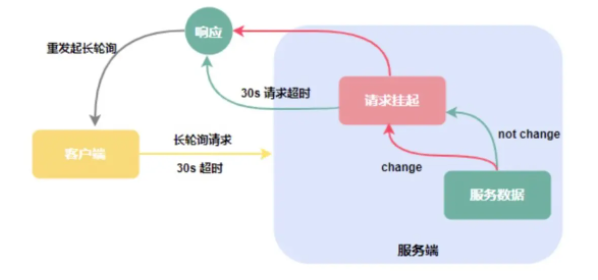How to mark a method obligatory?(如何标记一个方法是强制性的?)
问题描述
假设您使用 builder 模式创建了一个名为 Person 的类,并假设 Builder 类包含方法 body()、head()、arms() 当然还有 build() 并且你认为方法 head() 和 build() 对于这个类的用户来说是必须的.
Suppose you create a class names Person using the builder pattern, and suppose the Builder class contains methods body(), head(), arms() and of course build() and you consider methods head() and build() obligatory for the user of this class.
我们希望以某种方式将这些方法标记为强制性,如果可能的话,使用注释.如果这个类的用户试图构建一个 Person 实例但忘记调用这些方法中的任何一个,我们希望得到某种警告 - 来自 java 编译器,或者可能来自我们用来构建我们的 Eclipse 或 Maven项目 - 他们中的任何一个都可以.
We would like to somehow mark these methods obligatory, if possible using annotations. If a user of this class tries to build a Person instance but forgot to call either of these methods, we would like to get some kind of warning - either from the java compiler, or maybe from Eclipse or Maven, which we use to build our projects - any of them would do.
有可能吗?你会建议哪种方式?
Is it possible to do? Which way would you suggest?
推荐答案
这是一个使用不同类型强制某些部分的示例(它也强制调用方法的顺序):
Here is an example with using different types to make some parts mandatory (it also makes the order you call the methods mandatory):
package test;
import test.StepOne.StepThree;
import test.StepOne.StepTwo;
import test.StepOne.LastStep;
public class TestBuilder {
public static void main(String[] args) {
String person1 = PersonBuilder.newInstance().head("head").body("body").arm("arm").leg("leg").build();
String person2 = PersonBuilder.newInstance().head("head").body("body").arm("arm").build();
}
}
interface StepOne {
// mandatory
StepTwo head(String head);
interface StepTwo {
// mandatory
StepThree body(String body);
}
interface StepThree {
// mandatory
LastStep arm(String arm);
}
// all methods in this interface are not mandatory
interface LastStep {
LastStep leg(String leg);
String build();
}
}
class PersonBuilder implements StepOne, StepTwo, StepThree, LastStep {
String head;
String body;
String arm;
String leg;
static StepOne newInstance() {
return new PersonBuilder();
}
private PersonBuilder() {
}
public StepTwo head(String head) {
this.head = head;
return this;
}
public LastStep arm(String arm) {
this.arm = arm;
return this;
}
public StepThree body(String body) {
this.body = body;
return this;
}
public LastStep leg(String leg) {
this.leg = leg;
return this;
}
public String build() {
return head + body + arm + leg;
}
}
编辑
OP 对这个答案印象深刻,他将其完整地写在 博客.这是对构建器模式的巧妙理解,值得在这里引用完整的处理方法.
The OP was so impressed with this answer that he wrote it up fully in a blog. It's such a clever take on the builder pattern that a full treatment deserves to be referenced here.
这篇关于如何标记一个方法是强制性的?的文章就介绍到这了,希望我们推荐的答案对大家有所帮助,也希望大家多多支持编程学习网!
本文标题为:如何标记一个方法是强制性的?


- 将log4j 1.2配置转换为log4j 2配置 2022-01-01
- Spring Boot连接到使用仲裁器运行的MongoDB副本集 2022-01-01
- value & 是什么意思?0xff 在 Java 中做什么? 2022-01-01
- Safepoint+stats 日志,输出 JDK12 中没有 vmop 操作 2022-01-01
- Java包名称中单词分隔符的约定是什么? 2022-01-01
- 从 finally 块返回时 Java 的奇怪行为 2022-01-01
- Jersey REST 客户端:发布多部分数据 2022-01-01
- C++ 和 Java 进程之间的共享内存 2022-01-01
- 如何使用WebFilter实现授权头检查 2022-01-01
- Eclipse 插件更新错误日志在哪里? 2022-01-01





